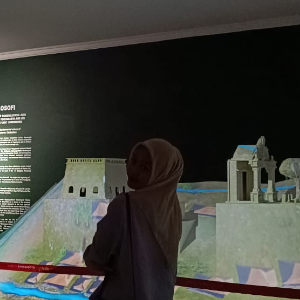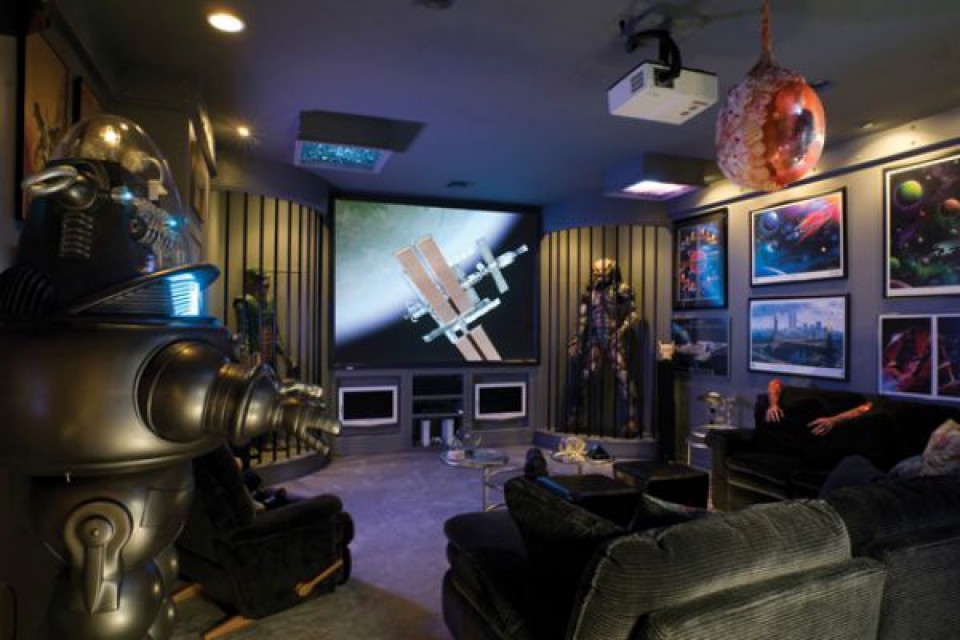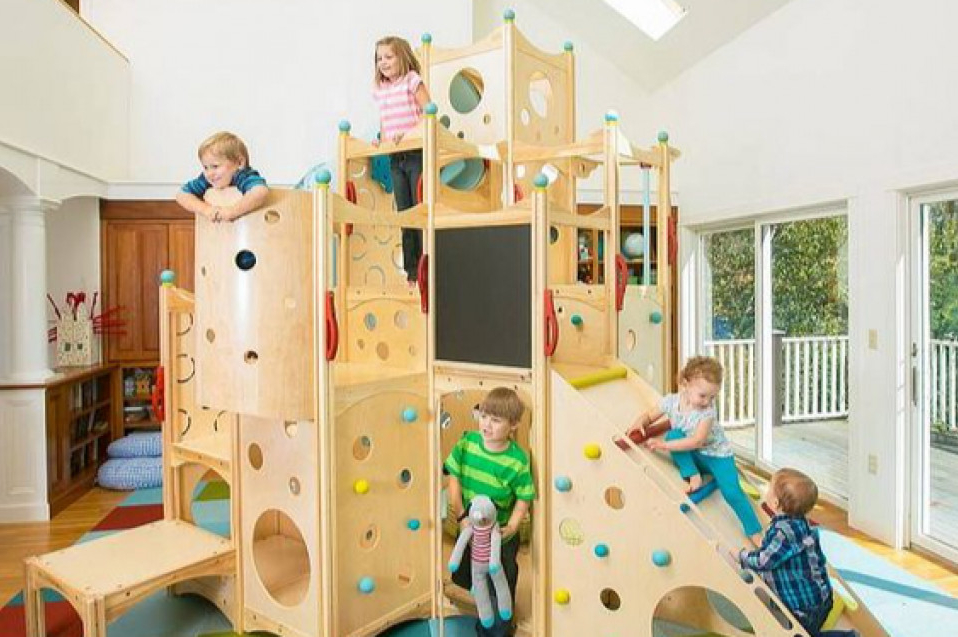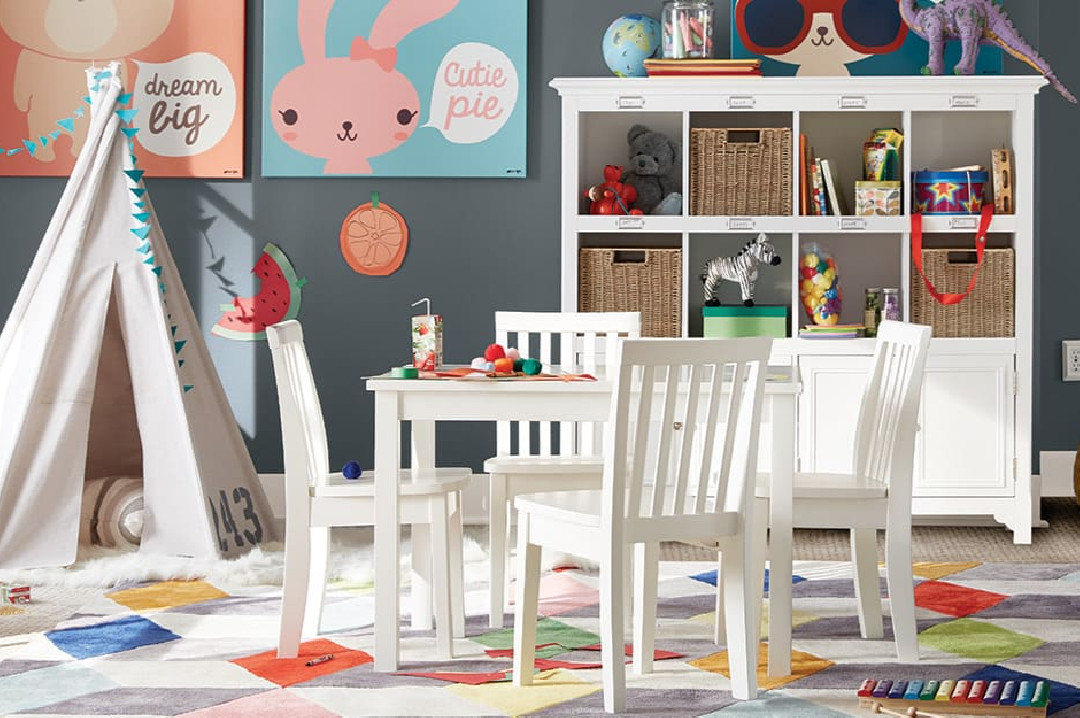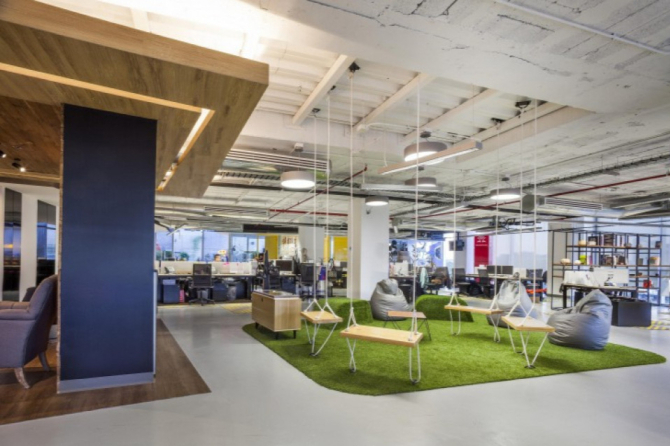Designing a Safe and Educational Outdoor Playroom for Children
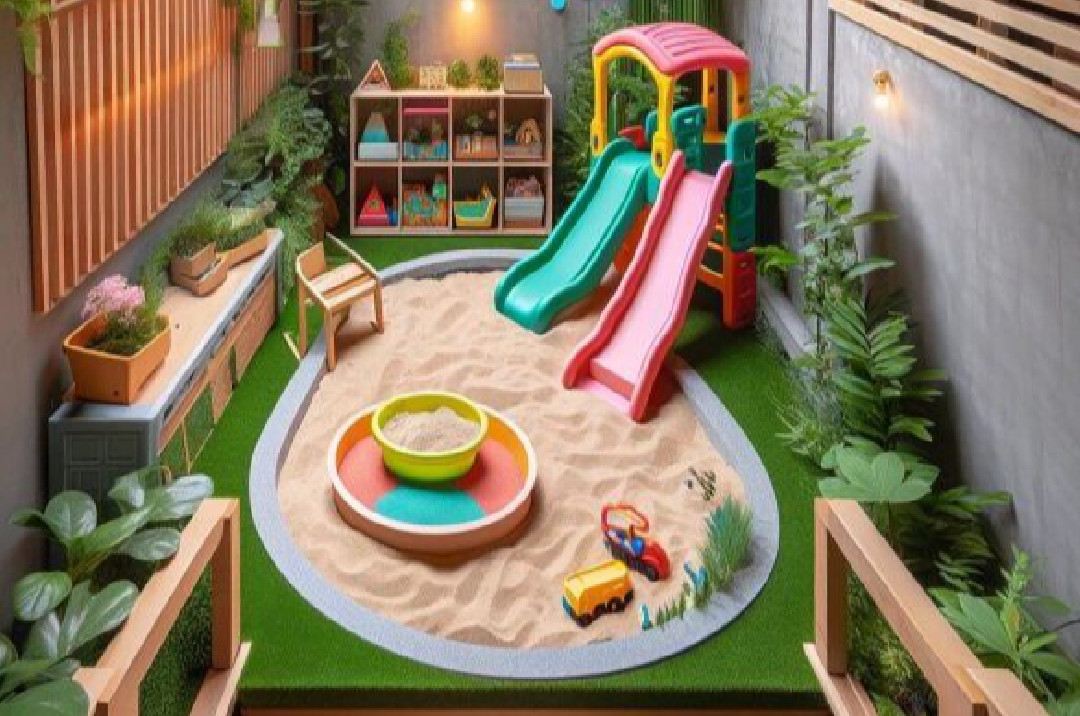
An outdoor playroom is the perfect solution for families who want to provide a fun and challenging space for children. In an outdoor environment, children can move freely, explore nature, and engage in play while learning. However, designing a safe and educational outdoor playroom requires careful planning. This article will discuss how to create an outdoor playroom that is not only enjoyable but also safe and educational for children's development.
1. Safety as the Top Priority
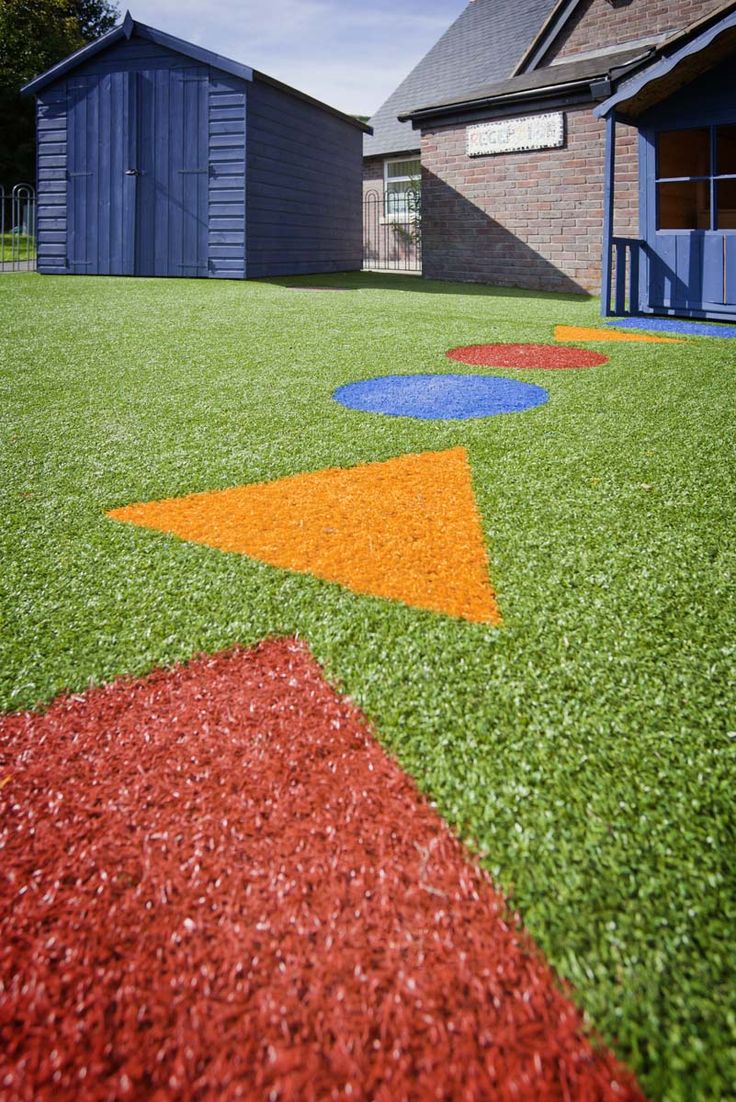
When designing an outdoor playroom, children's safety should be the foremost concern. Here are a few aspects to consider for ensuring a safe play environment:
-
Soft and Safe Materials: Use soft surfaces such as grass, sand, or rubber mats in the play area. This helps prevent injuries when children run or fall. Avoid using hard, slippery materials like concrete or tiles in the main play area.
-
Safe Equipment: If using play equipment like swings, slides, or climbing walls, ensure that all equipment is made from durable and weather-resistant materials. Regularly check for wear and tear to prevent accidents or injuries.
-
Supervision and Boundaries: Position the outdoor playroom in an area that can easily be monitored by adults, such as a fenced backyard. If necessary, add barriers to prevent children from leaving the play area or approaching dangerous spots like roads or water features.
-
Shade from Sunlight: Make sure there is a shaded area in the outdoor playroom to protect children from excessive sunlight exposure. This could be natural shade from trees, or you can add a canopy or large umbrella. Playing outdoors in the midday sun without protection can lead to dehydration or sunburn.
2. Incorporating Educational Elements into the Outdoor Playroom

Beyond being a place for fun, an outdoor playroom can also serve as a tool for fostering cognitive and creative development. Here are a few educational elements you can incorporate:
-
Mini Gardening Area: Teaching children about the environment can start with gardening. Provide a small space where they can plant flowers, vegetables, or herbs. This activity helps children learn responsibility as they care for the plants and understand the growth cycle of living things.
-
Educational Boards: Install a small chalkboard or drawing board in the outdoor playroom. Children can use it for drawing, writing, or solving small problems. It’s a fun way to encourage creativity while enjoying the outdoor setting.
-
Sensory Play: An outdoor playroom can be a great place for sensory play, which involves engaging different senses such as touch, smell, hearing, and sight. You can create sensory bins filled with sand, water, or clay for children to build, shape, or create things.
-
Nature Exploration: Encourage children to interact directly with nature. They can observe insects, collect leaves, or learn to recognize different types of plants and flowers. This not only teaches them about biodiversity but also fosters a love for the natural world.
3. Activities that Combine Play and Learning
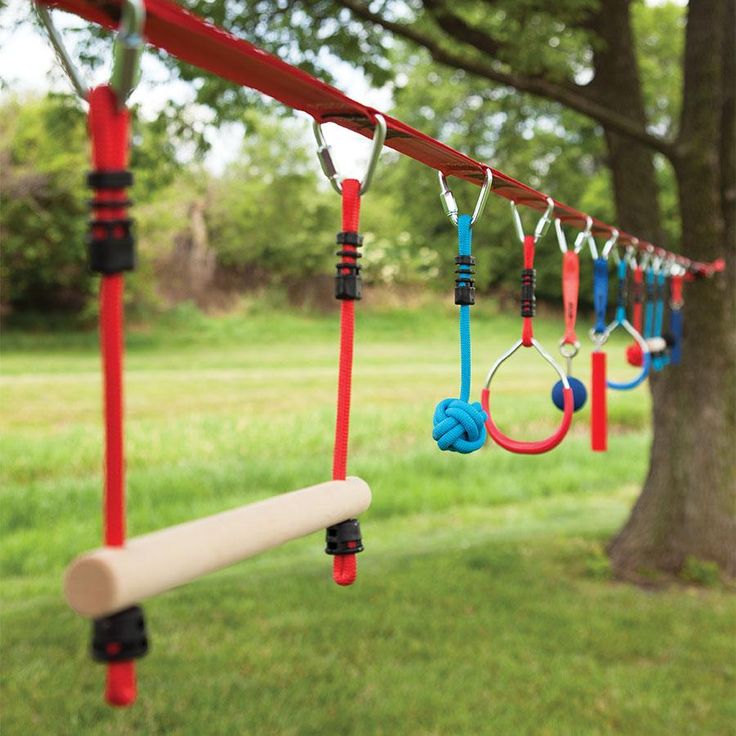
To maximize the benefits of the outdoor playroom, design activities that merge play with learning. Here are a few ideas:
-
Physical Activities with a Learning Twist: Incorporate activities like jump rope, hula hoops, or a simple obstacle course that helps improve children’s motor skills while teaching them about coordination and balance. Physical activities like these are also excellent for maintaining a child's fitness.
-
Nature Crafts: Invite children to create simple crafts using natural materials they find outdoors, such as leaves, twigs, or stones. This activity encourages creativity while also teaching children to appreciate and utilize what’s around them.
-
Simple Science Experiments: The outdoor playroom is the perfect place for simple science experiments, such as observing how water soaks into soil or creating a mini ‘volcano’ using baking soda and vinegar. These activities spark curiosity and introduce basic science concepts in a fun, hands-on way.
4. Incorporating Natural Elements into the Design
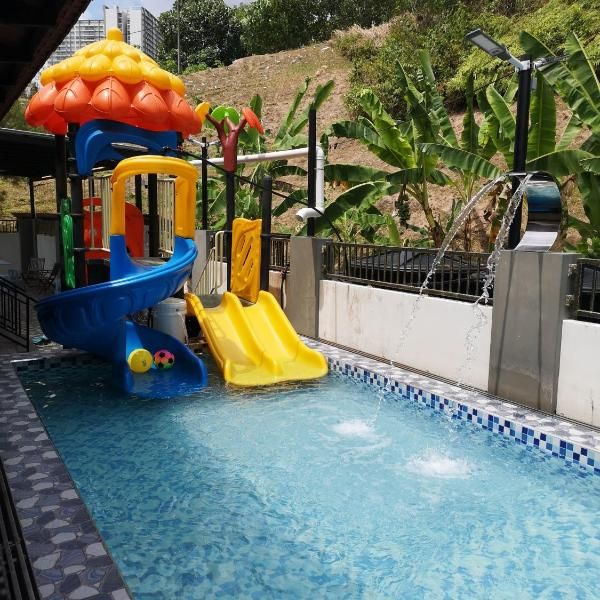
One of the best things about an outdoor playroom is the ability to incorporate natural elements into the design. Trees, rocks, water, and sand can all be part of the play area, offering children a unique experience of interacting with nature.
-
Using Trees as a Central Activity Spot: If there is a large tree in your yard, make it the focal point of the playroom. You could add a swing, a climbing rope, or a treehouse to create an exciting and adventurous space. Trees also provide natural shade, helping protect children from sun exposure.
-
Water Play Area: Water is always a big attraction for children. Create a simple water play area like a mini fountain or a small pool. Just ensure that the area is safe and children are supervised while playing with water.

